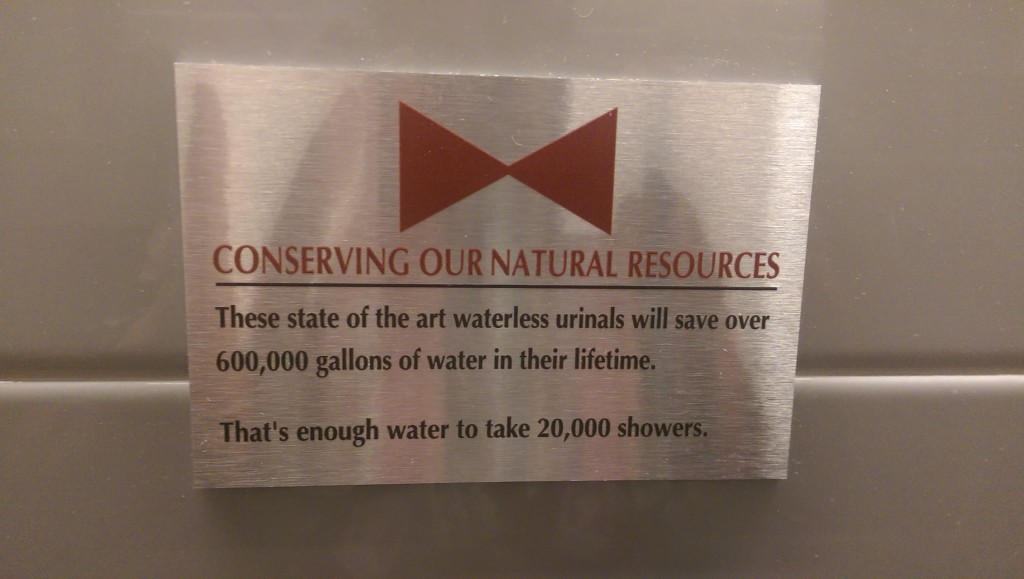
Gore movie maven and direct mail copy guru Herschell Gordon Lewis had a great admonition in one of his books: “Don’t spill your candy in the lobby.”* It means that you should not give away the premise of your selling message too soon but instead should take the time to build up some interest and curiosity. I have a good example in a OE teaser for Investor’s Daily which I show in my direct mail class:
40% are millionaires
35% have portfolios over $500,000
60% are in management
37% own two or more homes
What are they all reading?
Now, think what would happen if they left off that final line. You’d be fascinated by these impressive stats and would be thinking “who are these financial overachievers” and would tear open the envelope to find out. But IBD (which does not identify itself on the OE; the return address is an anonymous street address) has to refine the discussion and let us know they are selling a publication. If I’m not a reader, out it goes. The marketer spilled its candy in the lobby and arrives at the loge seating alone and empty handed.
I was reminded of this advice when visiting an actual movie theater the other day, where I spied the pictured plaque above the self-composting urinal. The initial message is praiseworthy: These state of the art waterless urinals will save over 600,000 gallons of water in their lifetime. Which is great, and they should stop there. But then comes the spillage: That’s enough water to take 20,000 showers.
It takes 30 gallons of water to take a shower? I had no idea… shame on me for taking so many showers. A positive message has been turned into a negative, unless this is exactly what the management of the theater intended. And maybe it is. But think what would have been the effect if the final line had been left off. You’d be left with a positive impression of the theater’s conservation practices, and that would be that.
* Actually, I don’t know if he said it or not but he’s said a lot of other clever things so I’ll give him credit for it.